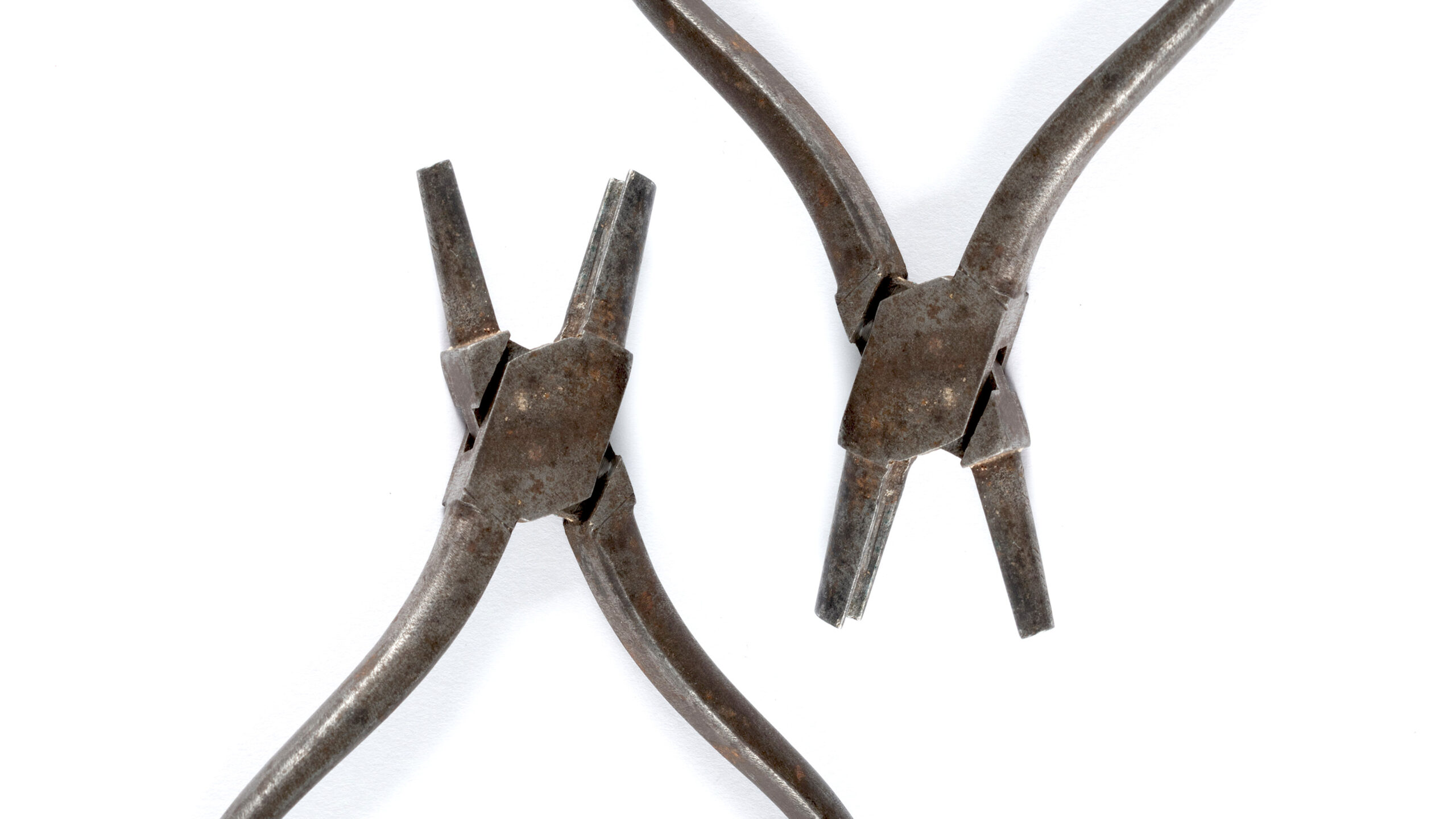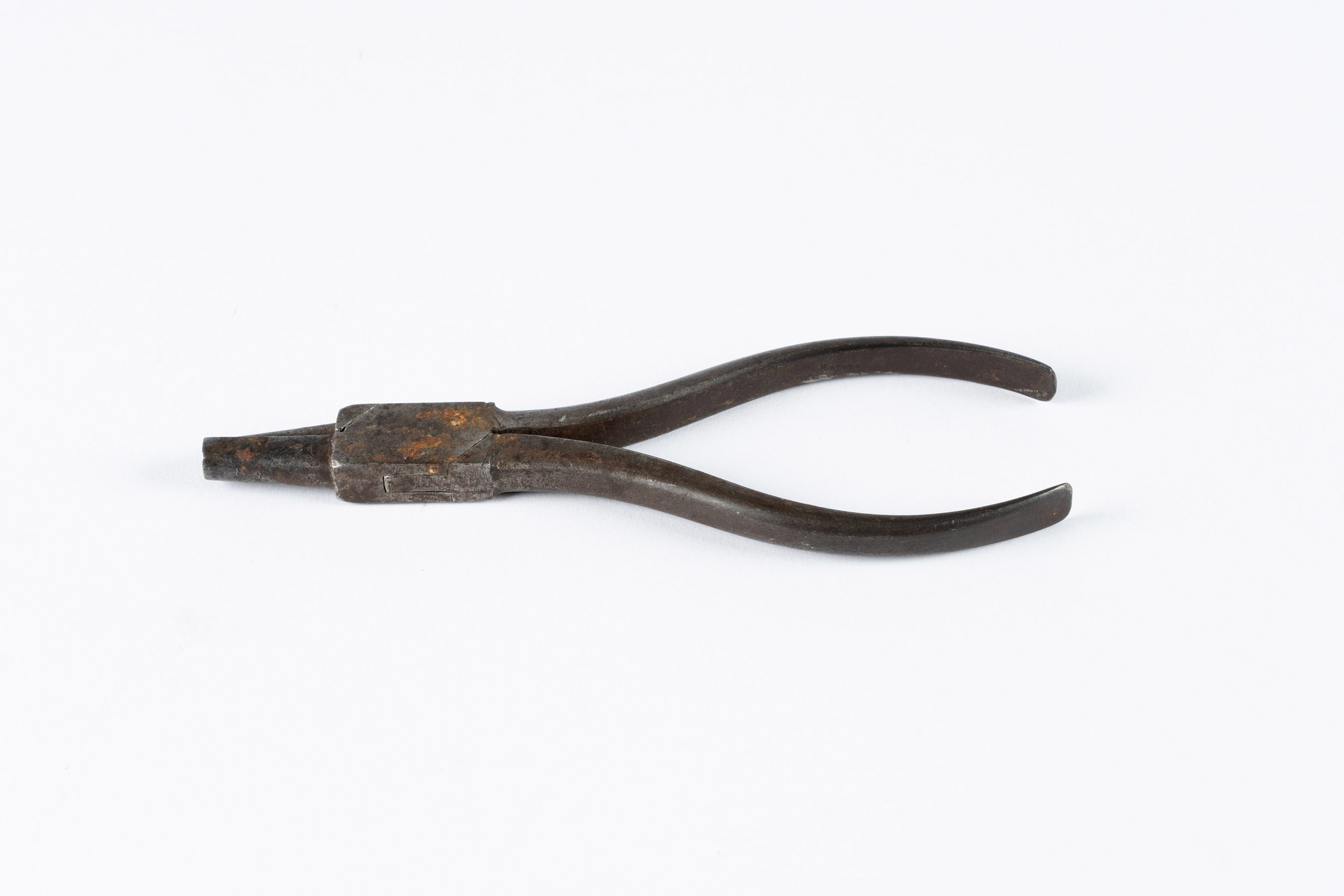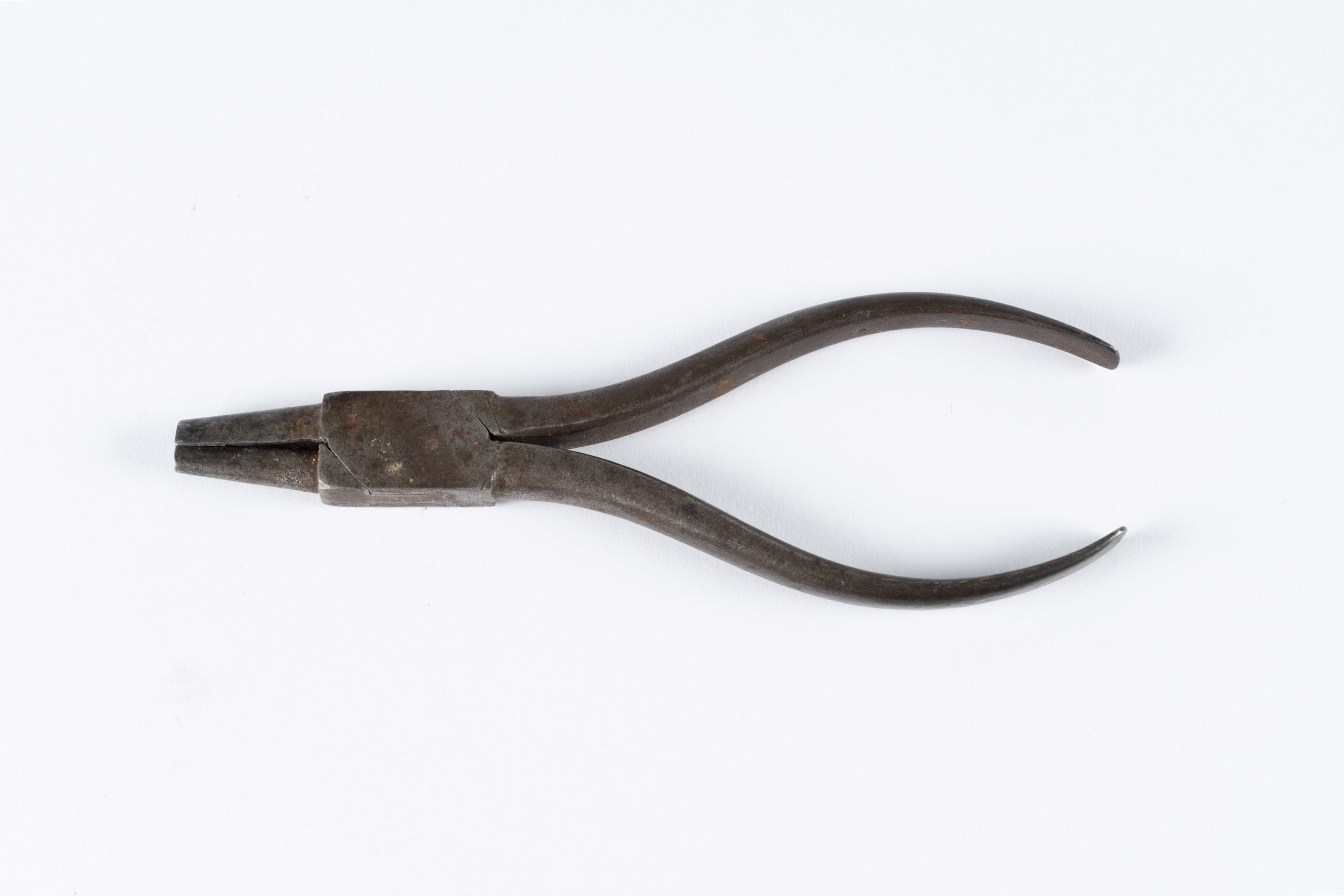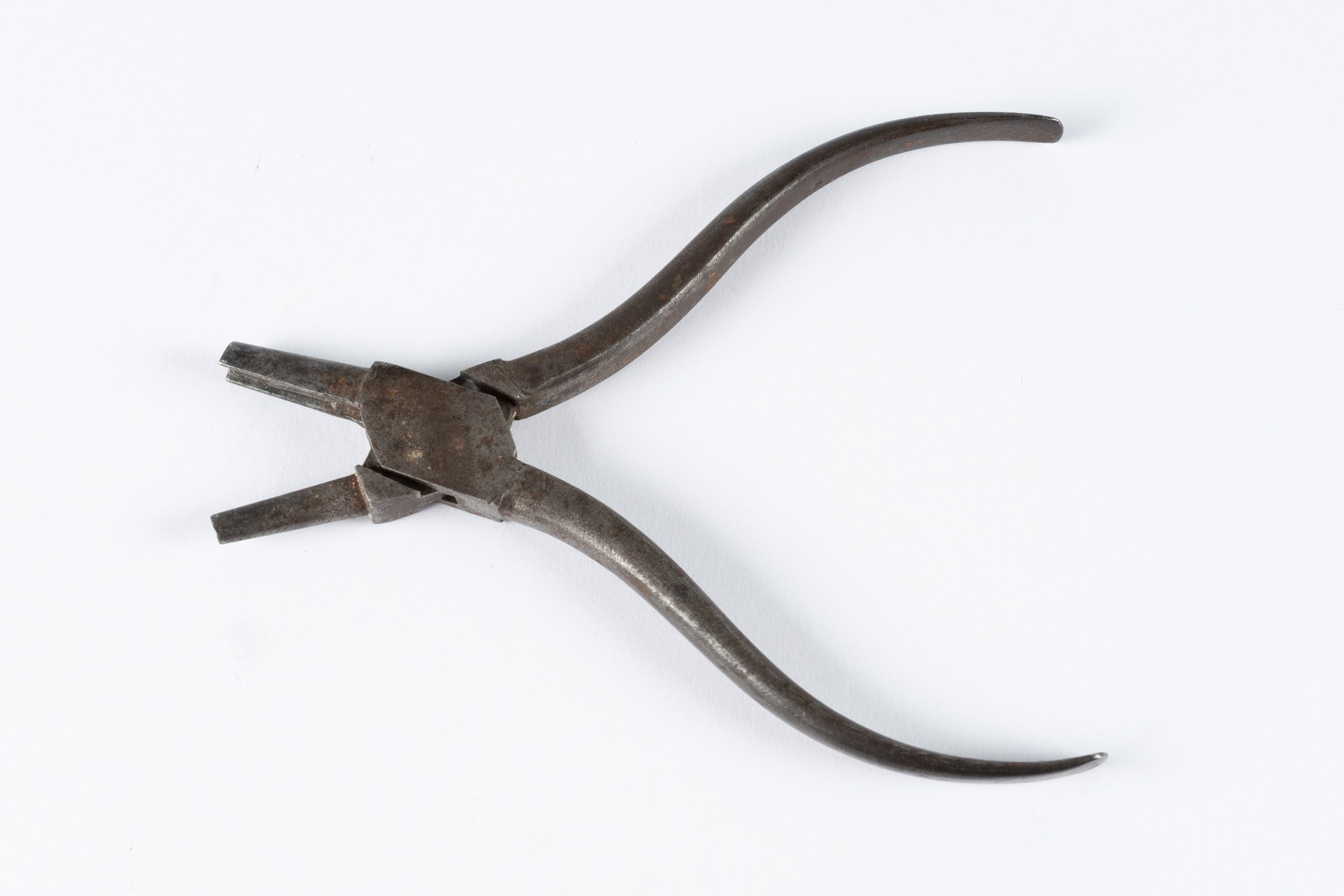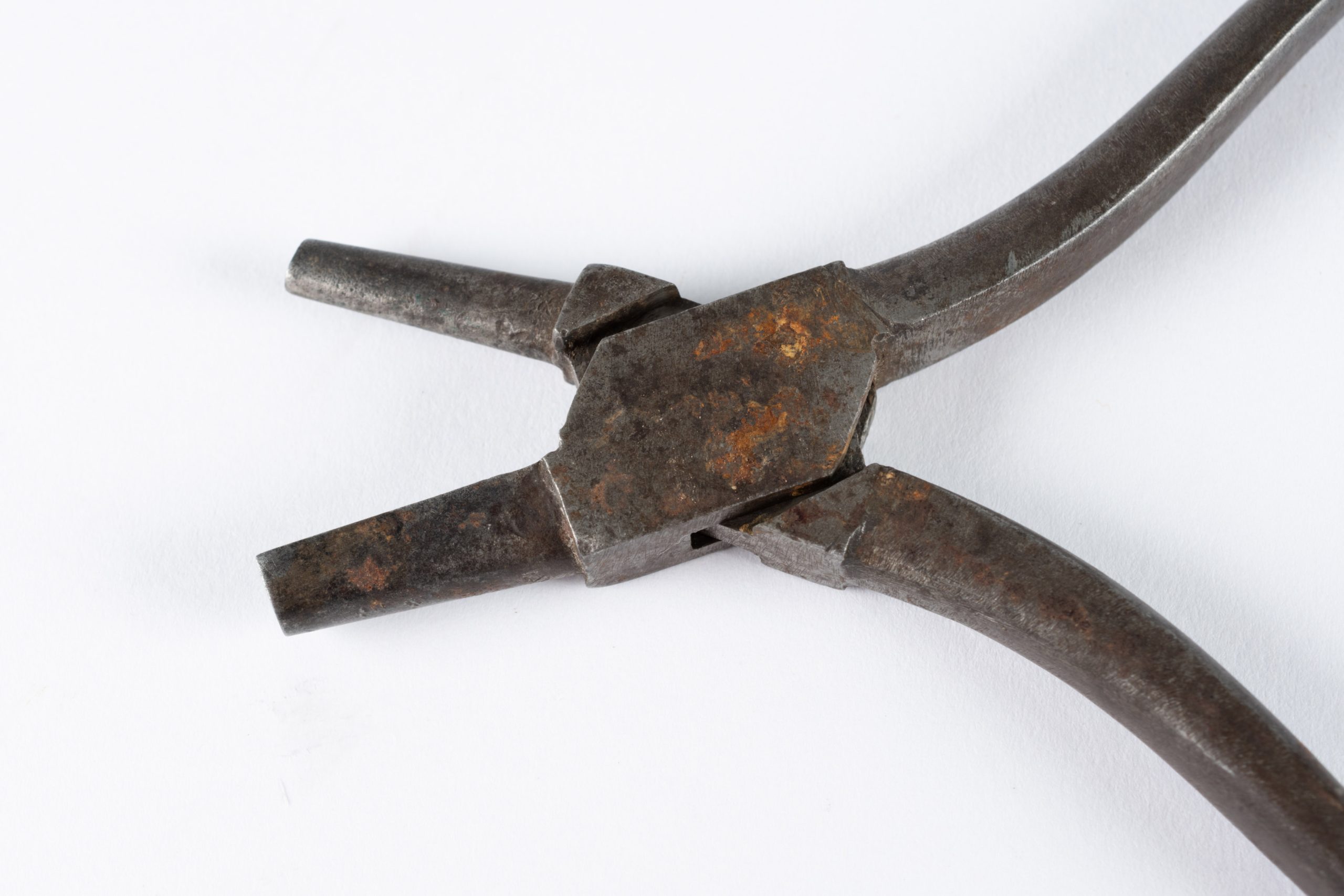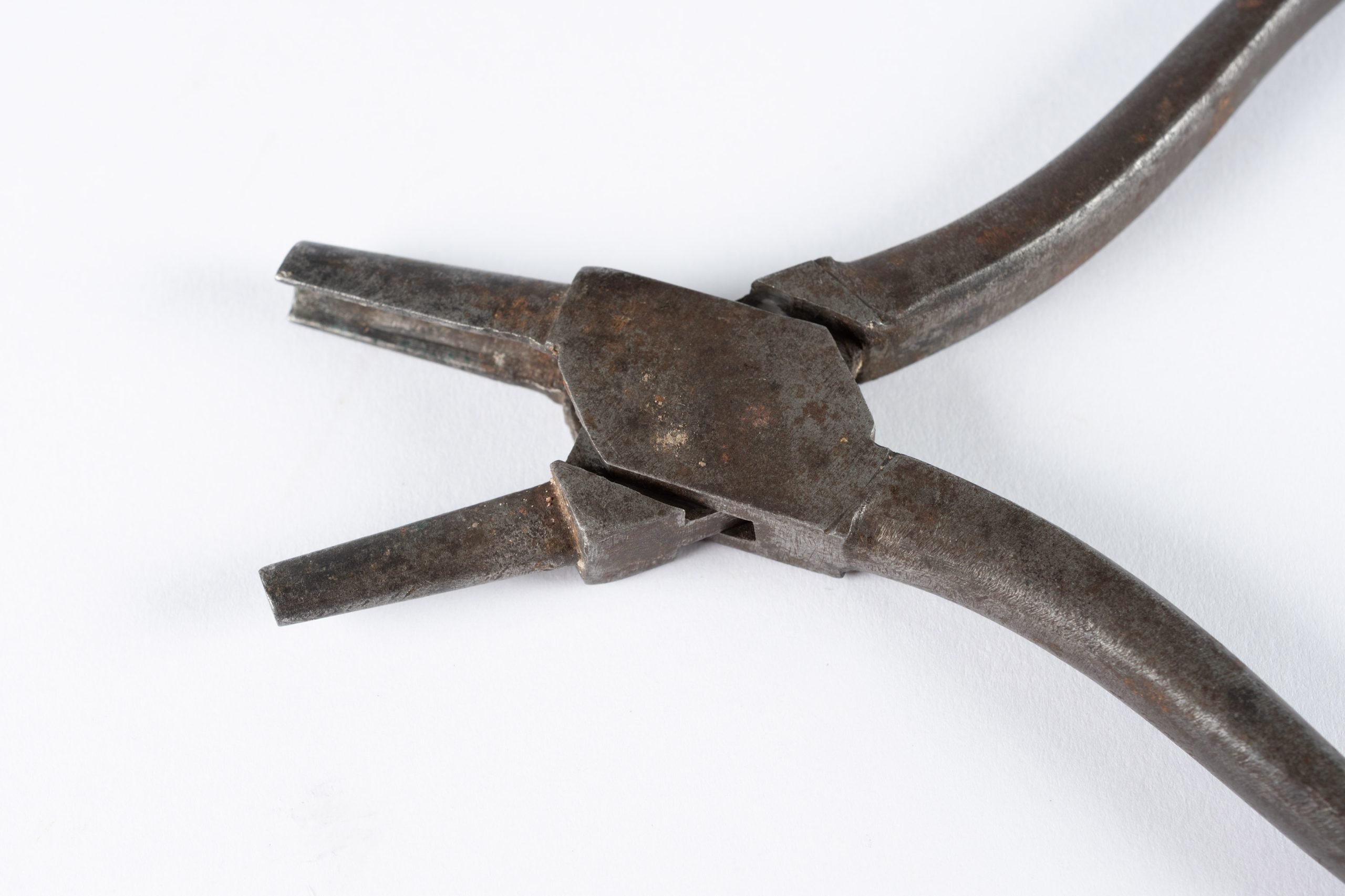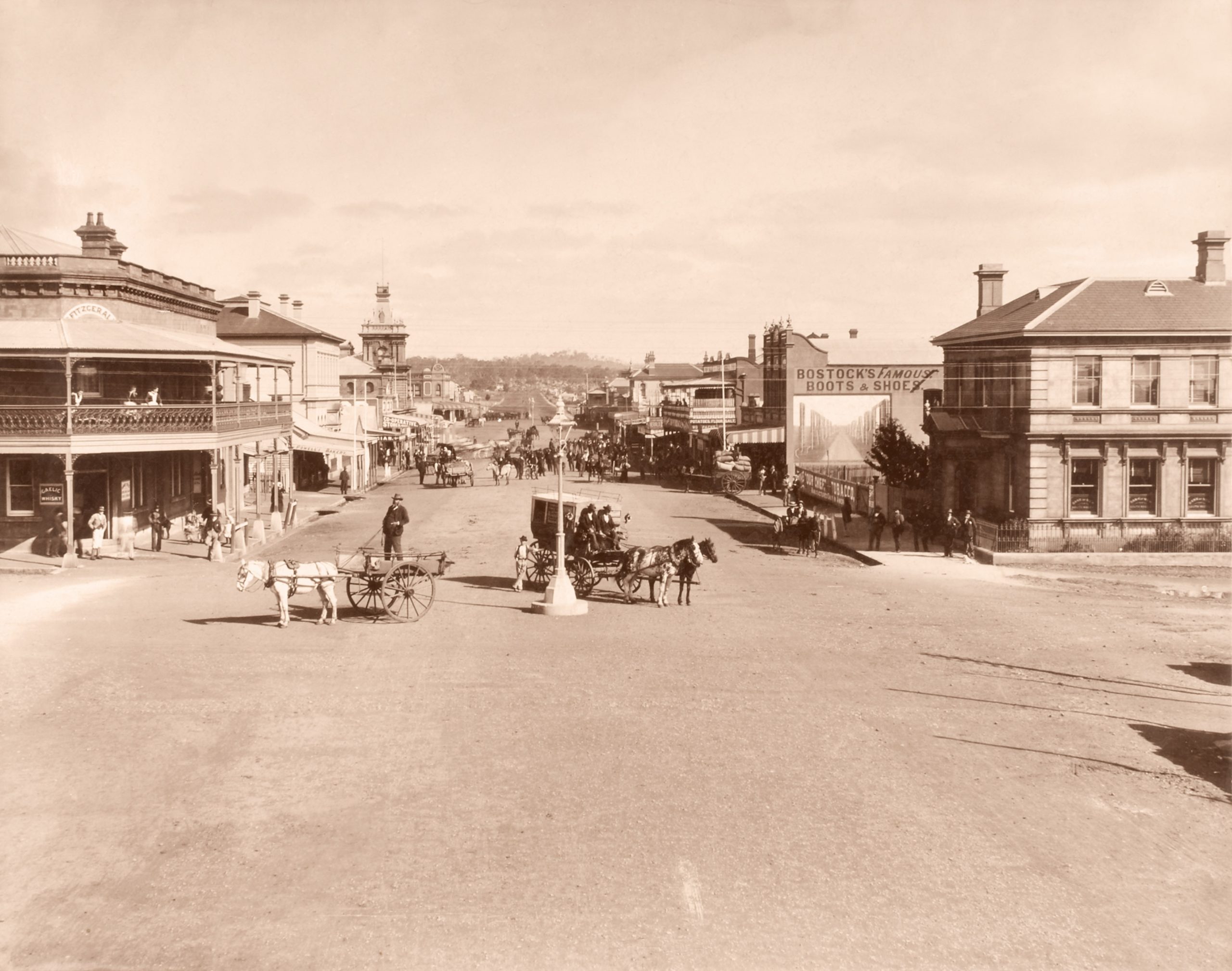Braced For the Perfect Smile
Orthodontic Braces From the Ancient Egyptians to the 1900s
These days, many people are familiar with dental braces and trying to create the perfect smile. However, you might be surprised to know that braces have been around for thousands of years – worn by even the ancient Egyptians!
Straight teeth have been aesthetically sought after for a very long time. Ancient Egyptians, Romans, and Etruscans all used early versions of braces. These were usually gold wire wrapped around the teeth and tightened in particular ways to manipulate them. As time went on, other, often cheaper, materials were used, including silver, steel, rubber, vulcanite, wood, brass, and ivory.
These crude, painful versions continued until the 1700s, when Pierre Fauchard’s publications, who is widely considered to be the father of modern dentistry, began to professionalise and standardise dentistry. In 1819, the first wire crib was used, and in 1841 the term ‘orthodontia’ was used, beginning the field of modern orthodontics.
In the early 1900s, braces had come a long way, however most still involved wires wrapping around the teeth as modern adhesives had not yet been invented.
These hollow chop pliers belonged to the Amesbury family of Glen Innes, NSW on Ngoorabul country. Edward Percy Amesbury (1843-1912) and his children, including Loo Loo Ruth Gore (née Amesbury) (1885-1961) were all dentists and many tools were passed through the family. These pliers would have been used for remoulding and fitting orthodontic wires and braces.
The Amesbury family had a very good reputation and were highly regarded both in the industry and by their community. This would have been one of many tools that, when used in a skilful way, ensured that achieving that perfect smile was as painless as possible.


